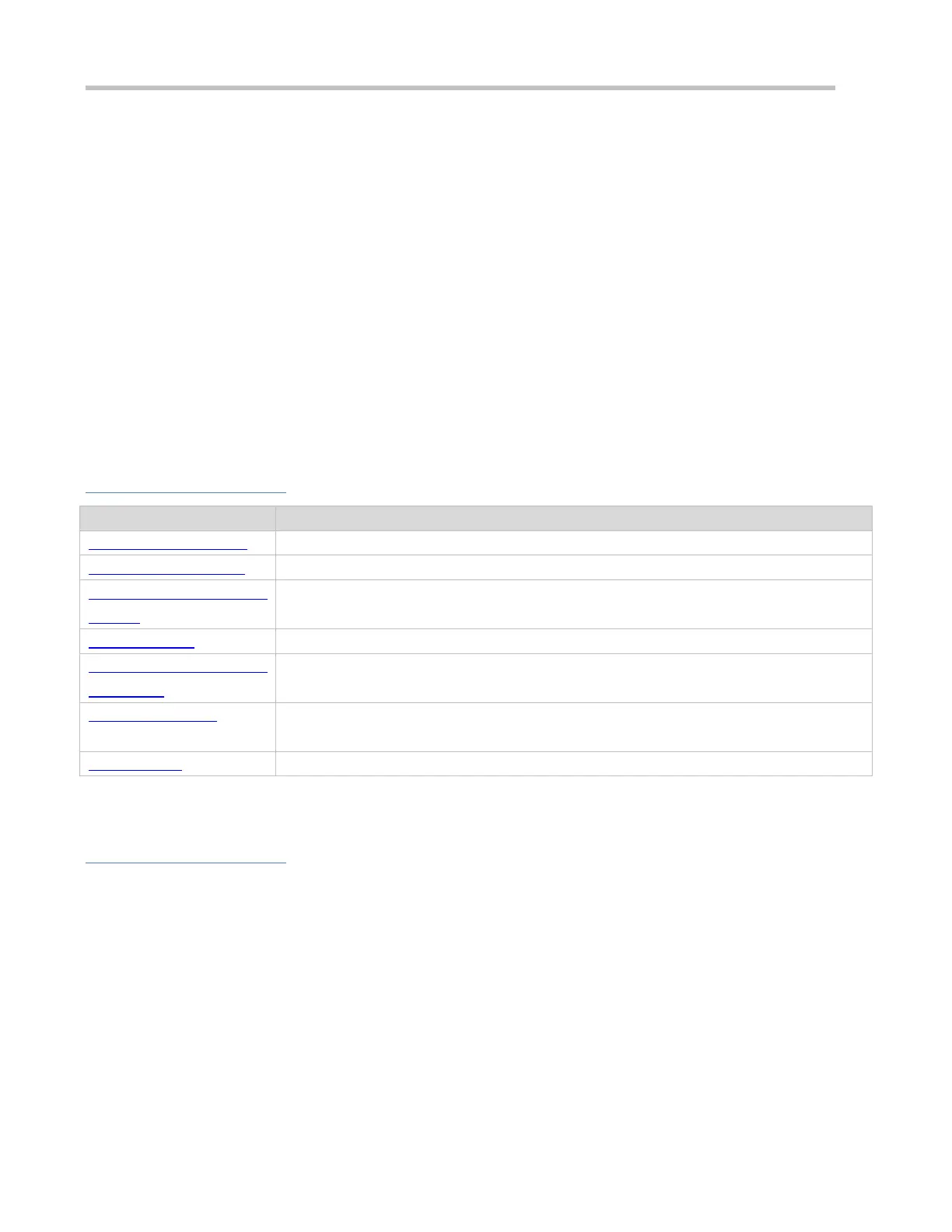Configuration Guide Configuring TCP
A 16-bit Window value is used to control flows. It specifies the amount of data that may be transmitted from the peer
between ACK packets.
Checksum is a 16-bit checksum.
Urgent Pointer is 16-bit and shows the end of the urgent data so that interrupted data flows can continue. When the
URG bit is set, the data is given priority over other data flows.
TCP Three-Way Handshake
The process of TCP three-way handshake is as follows:
18. A client sends a SYN packet to the server.
19. The server receives the SYN packet and responds with a SYN ACK packet.
20. The client receives the SYN packet from the server and responds with an ACK packet.
After the three-way handshake, the client and server are connected successfully and ready for data transmission.
Overview
Configure a timeout waiting for a response packet after an SYN or SYN ACK packet is sent.
Configuring Reset Packet
Sending
Configure the sending of TCP reset packets after receiving port unreachable messages.
Configure an MSS for TCP connection.
Configuring MSS Value for
SYN Packet
Modify the MSS value in a SYN packet.
Discover the smallest MTU on TCP transmission path, and adjust the size of TCP packets
based on this MTU to avoid fragmentation.
Check whether the peer works normally.
8.3.1 Configuring SYN Timeout
Working Principle
A TCP connection is established after three-way handshake: The sender sends an SYN packet, the receiver replies with a
SYN ACK packet, and then the sender replies with an ACK packet.
If the receiver does not reply with a SYN ACK packet after the sender sends an SYN packet, the sender keeps
retransmitting the SYN packet for certain times or until timeout period expires.
If the receiver replies with a SYN ACK packet after the sender sends an SYN packet but the sender does not reply with
an ACK packet, the receiver keeps retransmitting the SYN ACK packet for certain times or until timeout period expires.
(This occurs in the case of SYN flooding.)
